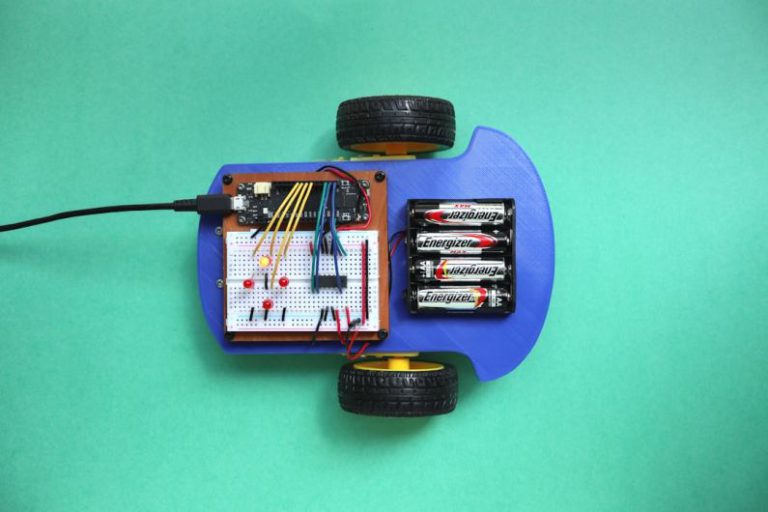The Introduction of Self-healing Rubber in Retreading
Retreading tires has long been a cost-effective and environmentally friendly alternative to purchasing new tires. However, the durability and performance of retreaded tires have always been a topic of concern for many vehicle owners and operators. With the introduction of self-healing rubber in retreading, this industry is poised for a significant transformation that could address these concerns and revolutionize the way we view retreaded tires.
The Emergence of Self-healing Rubber in Retreading
Traditional retreaded tires have often faced issues such as punctures, cuts, and other forms of damage that compromise their integrity and lifespan. However, self-healing rubber technology offers a promising solution to these challenges. By incorporating self-healing properties into the rubber compound used in retreading, manufacturers are able to create tires that can repair themselves when subjected to minor damages.
How Self-healing Rubber Works
Self-healing rubber is engineered using a combination of innovative materials and technologies that allow the rubber to repair itself when damaged. When a retreaded tire made with self-healing rubber sustains a cut or puncture, the self-healing mechanism is activated. This process typically involves the release of a specialized healing agent or the reformation of chemical bonds within the rubber compound to seal the damaged area automatically.
The Benefits of Self-healing Rubber in Retreading
The introduction of self-healing rubber in retreading offers a range of benefits that can enhance the performance, durability, and safety of retreaded tires. One of the primary advantages of self-healing rubber is its ability to prolong the lifespan of retreaded tires by mitigating the impact of minor damages. This can result in reduced maintenance costs and downtime for vehicle owners and operators.
Furthermore, self-healing rubber can contribute to improved safety on the road. By quickly repairing cuts and punctures, retreaded tires with self-healing rubber can maintain their structural integrity and performance, reducing the risk of blowouts and other tire-related incidents. This added safety feature is particularly valuable for commercial vehicles that rely on retreaded tires for long-distance transportation.
The Environmental Impact of Self-healing Rubber
In addition to the performance benefits, self-healing rubber in retreading also offers environmental advantages. By extending the lifespan of retreaded tires, self-healing rubber technology helps reduce the demand for new tire production, which in turn decreases the carbon footprint associated with tire manufacturing. This aligns with the growing emphasis on sustainability and eco-friendly practices in the automotive industry.
The Future of Retreaded Tires with Self-healing Rubber
As self-healing rubber technology continues to advance, the future of retreaded tires looks promising. Manufacturers are constantly refining their processes to enhance the self-healing properties of rubber compounds, making them more effective in repairing damages and improving overall tire performance. With ongoing research and development in this field, we can expect to see even greater advancements in self-healing rubber technology for retreading.
In Conclusion: The Evolution of Retreaded Tires
The introduction of self-healing rubber in retreading marks a significant milestone in the evolution of tire technology. By addressing common concerns related to durability and performance, self-healing rubber offers a practical solution that benefits both vehicle owners and the environment. As this innovative technology continues to gain traction in the retreading industry, we can look forward to a future where retreaded tires equipped with self-healing rubber are the norm rather than the exception.






